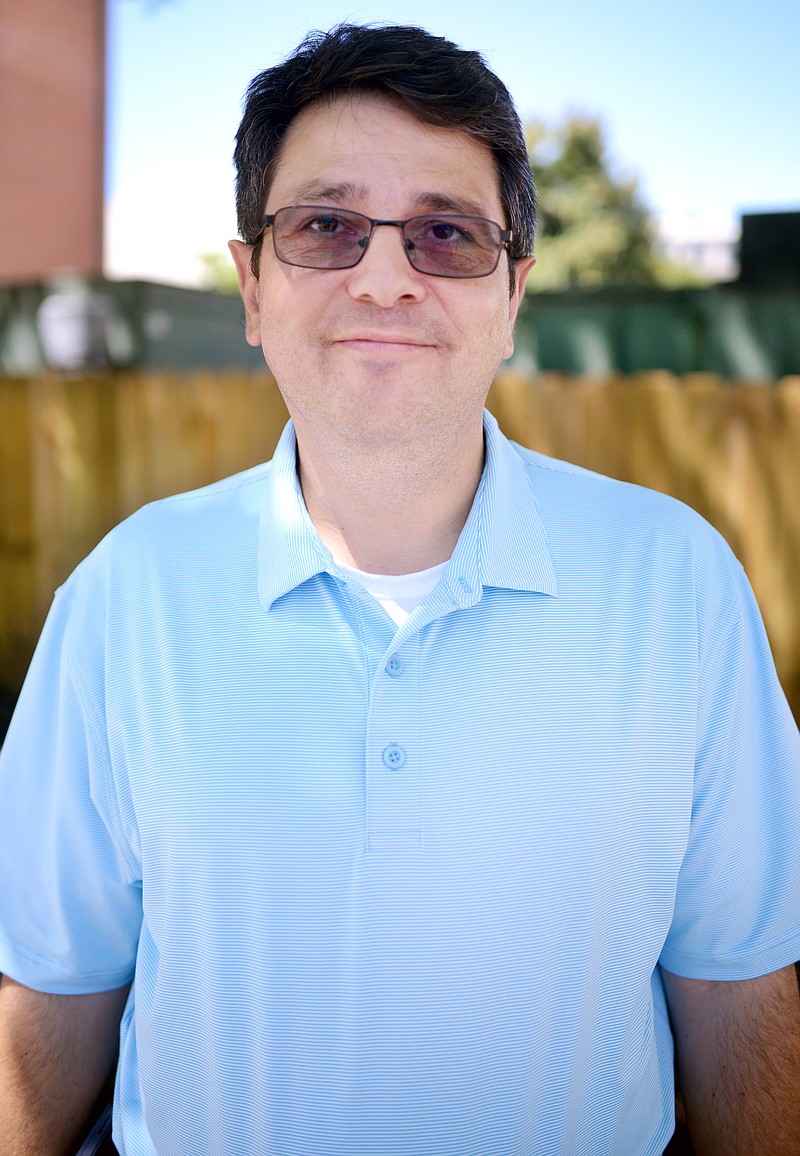When he joined the Missouri Highway Patrol as a programmer, Cristian Oros never dreamed he'd be a teacher.
But that's what happens when you work for one organization for more than 15 years and over time become a senior member of the team.
Oros' knowledge of "legacy" programs - those he helped develop during his tenure, such as programs used in the Missouri Sex Offender Registry website - became invaluable to the department as his predecessors retired.
And newcomers have to be brought up to speed on programs that have been in use for years.
Getting there has been a journey through information technology, he said.
For Oros, the journey started in Romania, in Eastern Europe, where he was born.
Oros moved to New York about 27 years ago, joining his parents, who had been there for a short while.
Then they moved to Missouri. And because New York was so expensive, he followed them again, settling in Jefferson City about 16 years ago.
Oros said he had thought about moving to Kansas City to look for an information technology job and took a temporary position at a company, laboring on the help desk.
"Finding an IT position was getting harder at the time," Oros said.
He briefly worked in Kansas City then found the position at the Highway Patrol.
"Back then, it was the Computer Operations Section," he said. "We were maintaining the Missouri Uniform Law Enforcement System (MULES)."
MULES is a database for use by law enforcement agencies. Very few non-criminal justice agencies have access to MULES information. Among other things, the database has records for crimes, missing persons, immigration status, concealed carry permits, driving records and protection orders.
Back then, MULES was on a mainframe system, but it later moved to a server-based system.
Mainframes are computer systems where there is one centrally located computer (with centralized memory storage) and numerous people access it from stations that have no storage capabilities. In a server-based system, each place where people access information uses a personal computer.
As technology shifted, the department moved him to personal computer support.
He had been there for a year and a half when an applications programming position opened up. Staff in the Highway Patrol knew Oros had a degree in computer programming and was qualified for the job.
"They offered me that position right around the time the Missouri Sex Offender Registry website was built," he said. "The website was brand new. They needed an applications programmer - and also a geographic information systems specialist - because part of the system they had to build used an interactive map to find offenders within a 1,000-foot radius (of schools), based on the new law."
Years later, Oros continues to help maintain the site.
"I have a lot of fun and passion for the mapping system," he said. "Just the ability to show an interactive map and use it as a visual aid. It is very powerful. You can show patterns on the map that help managers at different levels to make decisions."
He also worked on systems that track crime or crash data.
And recently, the agency moved to Agile Development Methodology - using self-managing small teams to develop software.
After working on a couple of projects in the applications-support group, he volunteered to help other team members learn some new programming skills.
Colleagues and supervisors said Oros finds ways to resolve issues. Anytime there is a problem, he finds ways to create solutions.
"Our divisions rely on me for support," Oros said. "They saw I was able to adapt - to learn anything new."
When he joined the applications-support group, supervisors asked him to take the lead - and train other programmers so they could work together.
"It's been an experience for me - trying to teach others," Oros said. "Because different employees learn at different paces or different levels. It's not that easy to teach. You have to have, I guess, willingness to teach.
"It helps me to understand better what I already knew."

